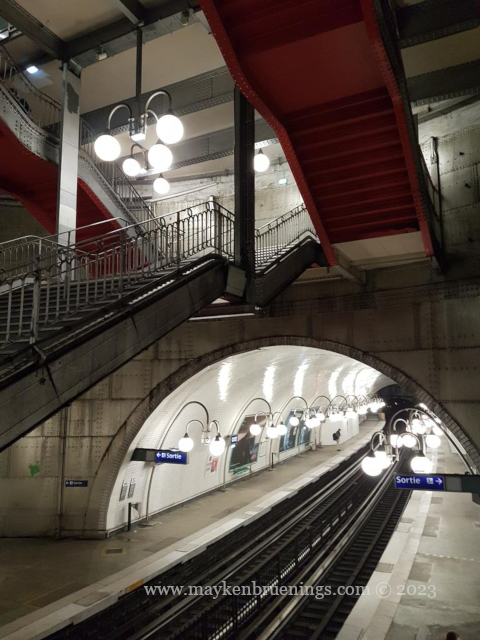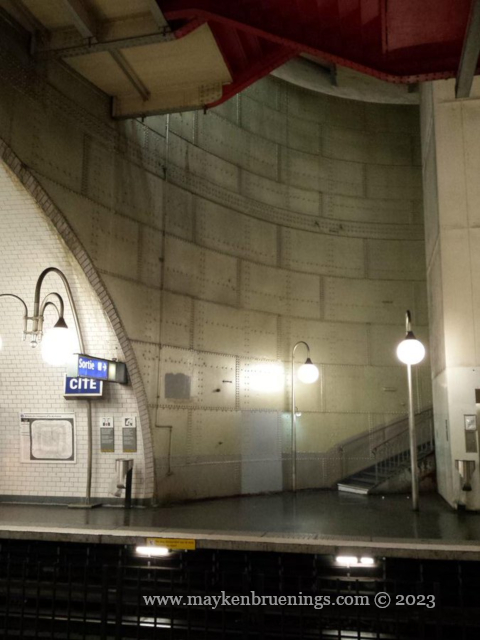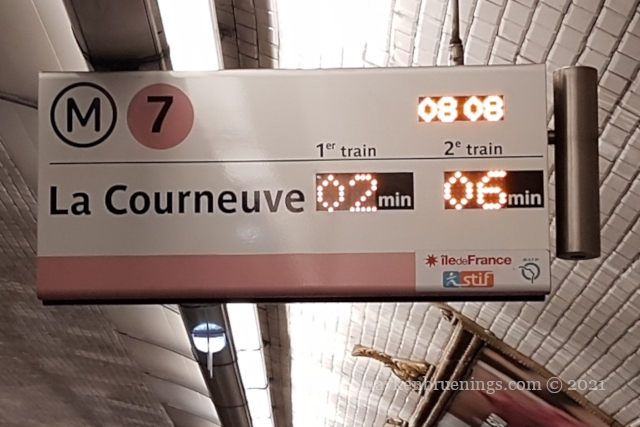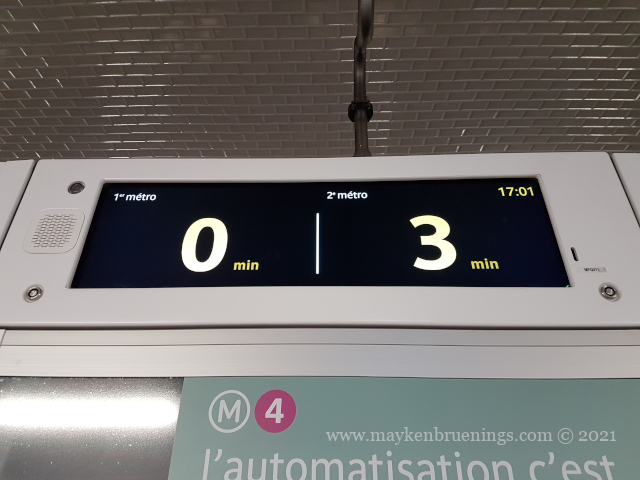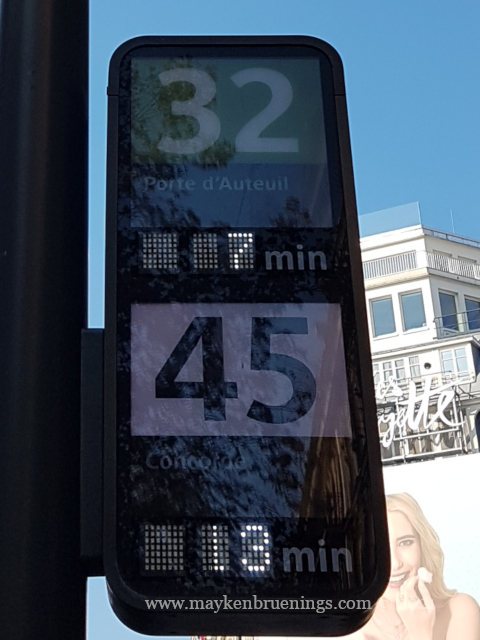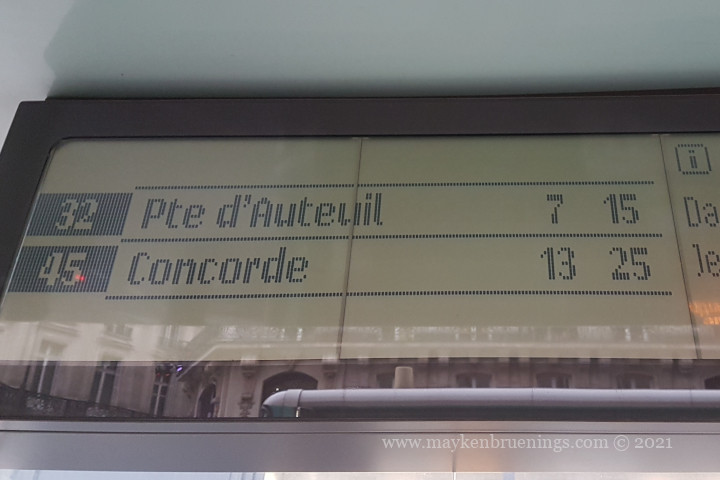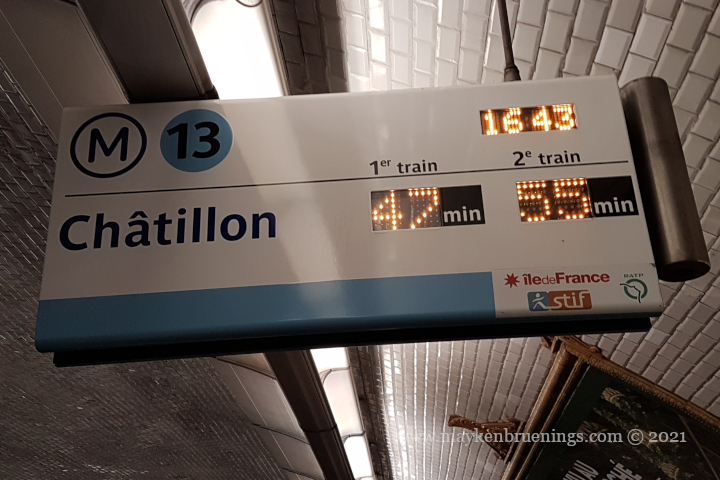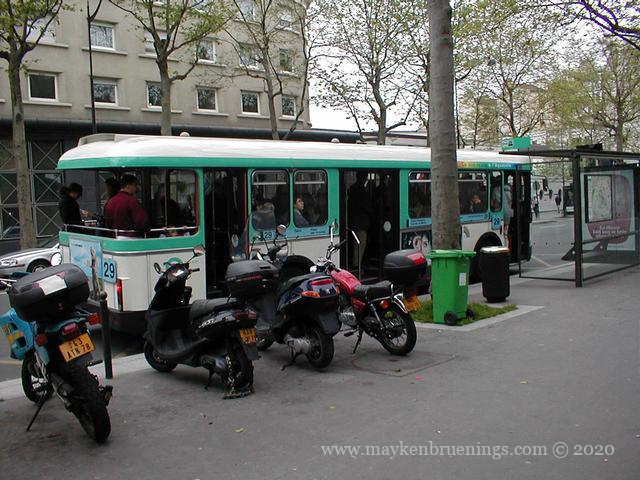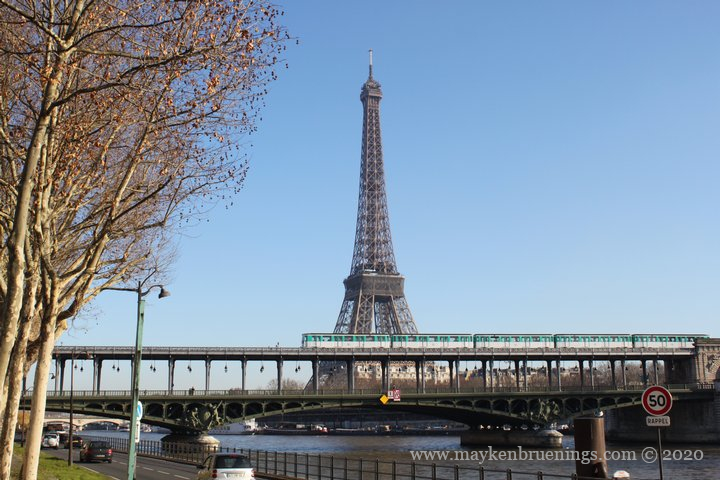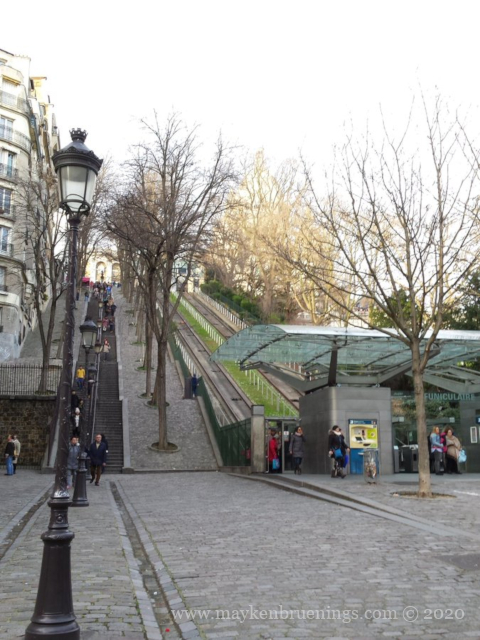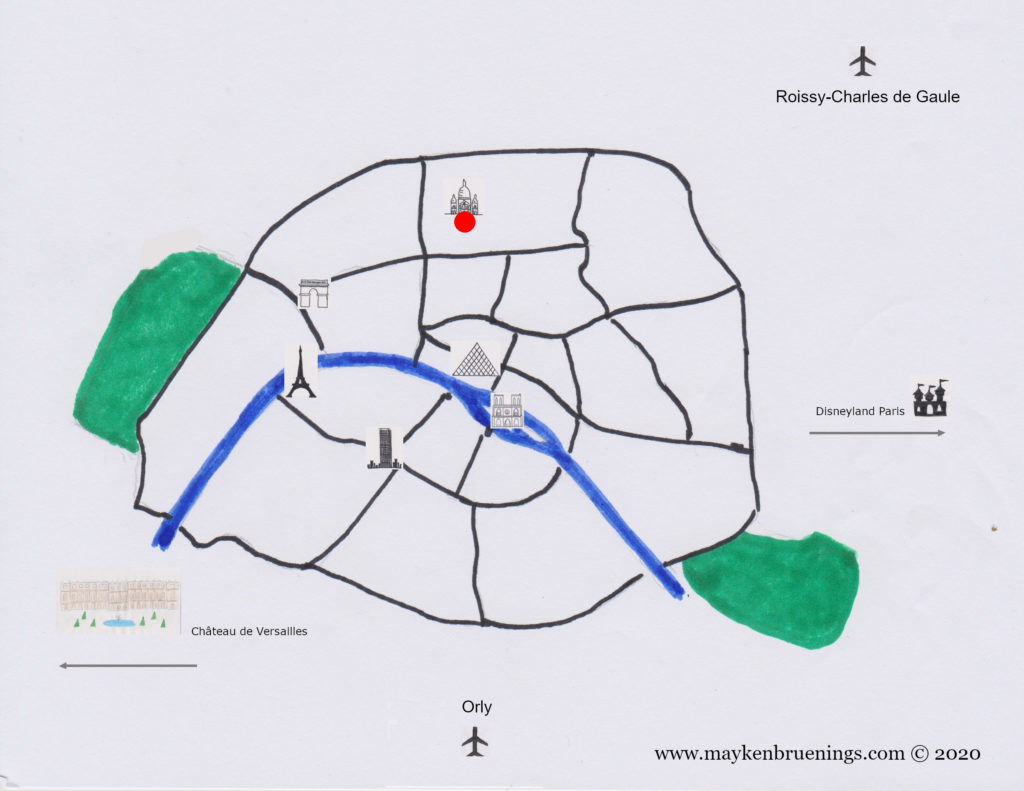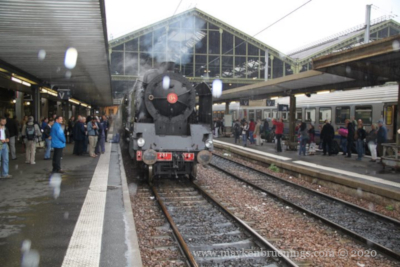
Line 4 is one of the oldest métro lines in Paris. Its construction began in 1905. In 1908, the first section was opened, running from Porte de Clignancourt (which is still its northern terminus today) in the 18th arrondissement to Châtelet in the center of Paris (1st and 4th arrondissement). A year and a half later, a second section was opened on the south bank, running from Raspail in the 14th arrondissement to Porte d’Orleans on the southern city limits.
In 1910, the line 4 became the first métro line to cross the river via a tunnel when the section linking Châtelet and Raspail was opened.
For over a century, the line 4 did not pass the city limits. Only in 2013 was it extended to the southern suburbs with the opening of the new terminus Mairie de Montrouge.
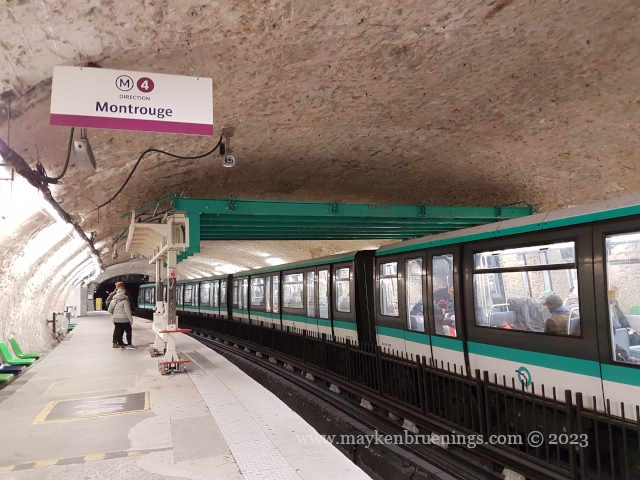
This station didn’t remain the terminus for long however, as in 2022 two more stations were opened to reach the current terminus Bagneux – Lucie Aubrac. (Both Montrouge and Bagneux are located in the département 92 Hauts-de-Seine.)

The line is frequently used by tourists as it calls at Saint Michel-Notre Dame as well as three of the six Paris train stations: Gare du Nord, Gare de l’Est and Gare Montparnasse.
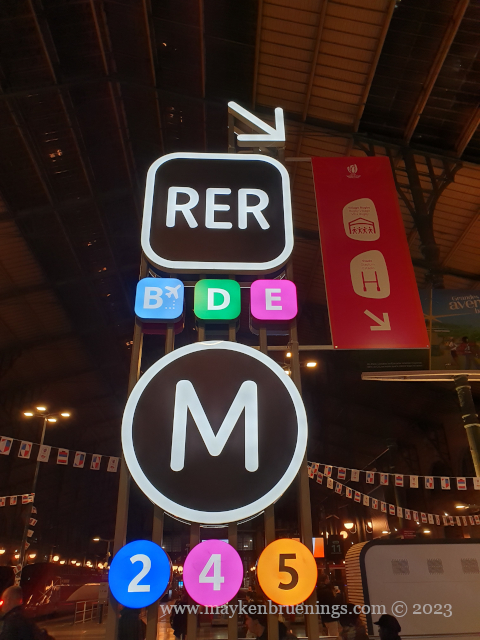
Here are some fun facts about the line 4:
- It’s the only line with correspondence to all other métro lines (except the very short 3bis and 7bis).
- It’s the only métro line that has two stops at Châtelet-Les Halles, one of the largest underground stations in the world: At Châtelet, you can change to 1. 7, 11, and 14, at Les Halles to the RER A, B, and D.
- It’s the second-most frequented lien after line 1.
- It is one of currently 3 fully automated métro lines, after line 14 (which was automated from the start) and line 1.
- It is the only métro line with a stop on one of the Seine islands, Cité, a stone’s throw from Notre Dame cathedral.
- The stations Cité (on Cité Island) and Saint-Michel Notre Dame (right next to the river) were built in caissons assembled on the surface and then lowered into the ground.
- Due to its proximity to the river, the middle section of the line is temporarily closed again shortly after its opening when the Great Flood of Paris leads to leaks inside the tunnel and stations.
- As a fully automatic métro, is it much appreciated by commuters during transport strikes.
Come along for a ride from Mairie de Montrouge to the former terminus station Porte d’Orléans:

